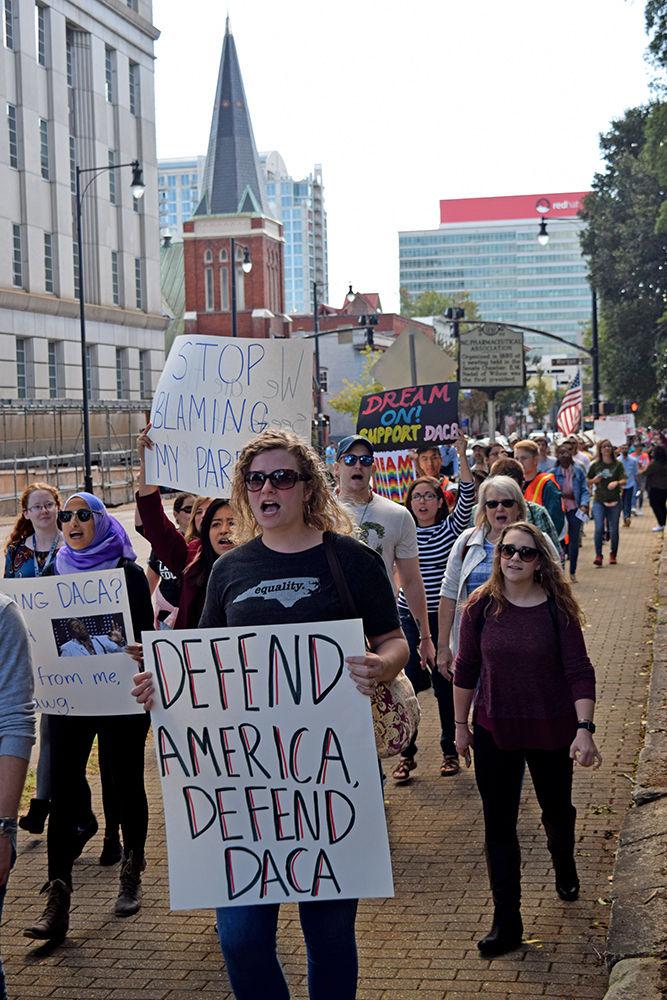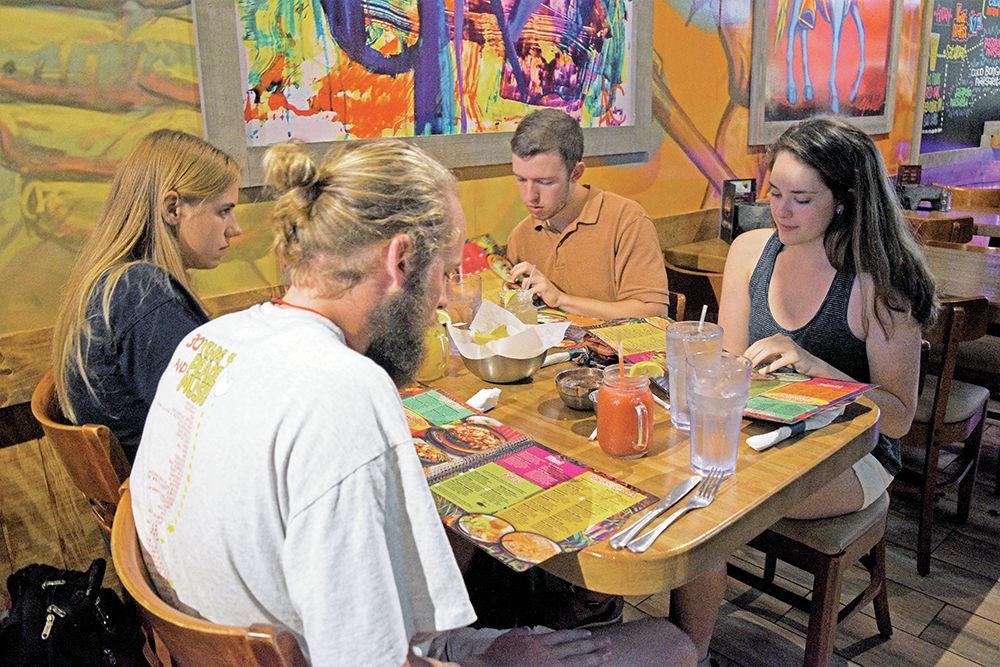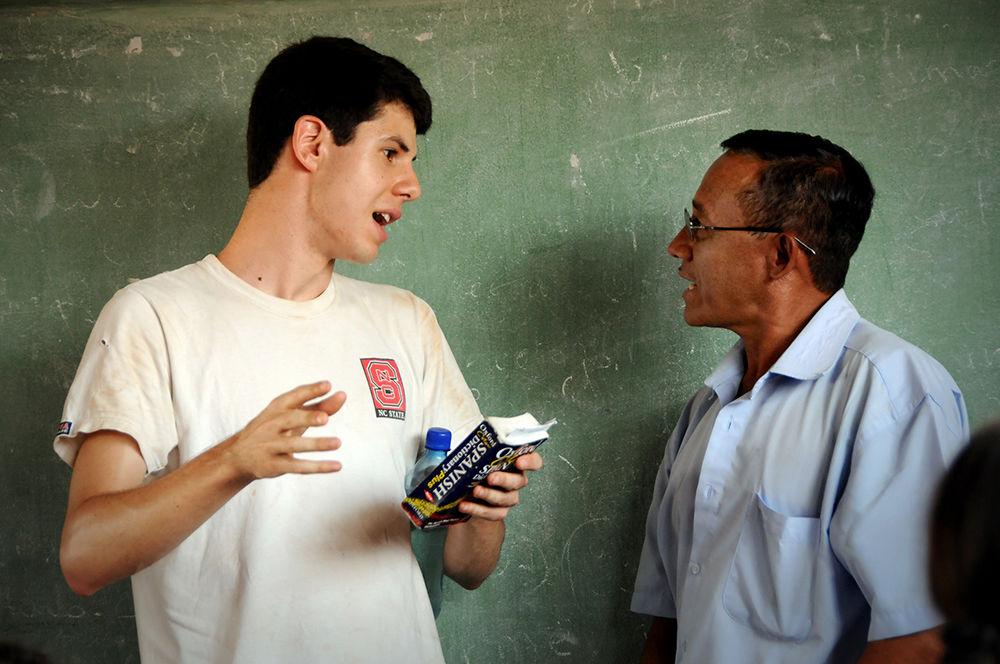This is the first installment of a series on machismo and what it is doing to Latin American culture and society. Kelsey Ward is reporting on her experiences in Colombia and Ecuador, South America.
What is machismo?
It’s the man on the crowded bus deciding that his pelvis is more comfortable when pressed up against my own.
It’s the taxi driver deciding that I should go to a party in a neighborhood that isn’t the one I told him to take me to.
It’s the pickup truck hitting the curb of the sidewalk I’m walking home on, and the passenger telling me he can give mamia ride.
It’s the police officer standing on the corner, watching me obviously lost in the middle of an unknown city, whose bite of lip makes me take another wrong turn instead of asking for help.
It’s the whistle escaping the mouth of the grown man walking with his wife in hand and children in his footsteps.
It’s the words “te quiero princesa”I hear as a drunk man approaches me and tries for a kiss.
It’s the bars that only let girls in for the first hour, pouring free drinks down their throats and making sure they’re good and ready before opening the gates and letting all the animals run loose.
This was the angle I originally scribbled in my mind on the topic of machismo.
But what else is machismo?
It’s the bus chauffeur grabbing the hands of willing and able women and children, helping them safely disembark.
It’s the young men who give up their seat for those whose feet are unstable on the bus.
It’s the man selling arepas on the street on my walk to the market, telling me that he comes from Colombia where his wife and two young children are waiting for him to return from this stint of work in Ecuador.
It’s the mother of a young man scolding her son for allowing his new wife to walk on the side closest to the road.
It’s undeniable and obvious that machismo is a complicated subject. And coming from a rural, southern world, it’s no wonder that my initial thought process on machismo dwelled on the negative. We learn in textbooks and from the news that the typical Latin man is a machista. They tell us that the machistas of Latin America hurt women, hurt children, stay drunk and sit like kings in thosesocieties.
But after experiencing almost a year in Latin America, and observing both the good and the bad sides of machismo, I’ve learned that a machista isn’t simply a power hungry, violent Latin man.
Historically speaking, the term machismo was brought to Latin America to negatively identify Latin American men when the Spaniards came to conquer, colonize and civilize the new world. The Spaniards traditionally used the term caballeroo caballerosidad to give a title of honor, chivalry and respect to men who owned horses and sat near the top of the class system.
Overtime, caballerocame to be the identity of masculinity in Europe. However, when the crown came to Latin America, they couldn’t allow for all men (natives, mestizos and Spaniards alike) to fall under the same identity, because the Latinos were uncivilized and savage. Thus, machismo was born and became the way to distinguish Latin masculinity (violent and disrespectful) from European masculinity (honorable and classy).
Today we continue to see this same polarization of masculine identity between the “western” and “nonwestern” worlds. However, with the emphasis on the negativity and reluctance to accept the positivity of machismo, the western world has driven Latin America further into marginalization and powerlessness. This marginalization has applauded American and European masculinity as the correct way to “be a man” and has subjugated Latin American masculinity to backwardness and disgrace, giving even more power to the “white man” as Latin American identity and pop-culture try to imitate the western masculinity.
But from my experience as an American, I know that not all American men can fit under the same characteristics either.
Thus, with the influence of western pop culture and the basic realization that not every man’s characteristics can fit under one stereotype, machismo has evolved. Machismo encompasses the good and the bad, the responsibility and the violence, the sacrifice and the selfishness, the respect for women and the need to control them.
In consequence, machismo culture in Latin America is hurting both women and men, children and foreigners … and it is not because of the land they sit on, but instead the identity crisis that males are forcefully facing in Latin America, which came with a crown when “machismo” was created to describe them all as one type of masculine.
So what was machismo? It was the identity that was given to negatively describe masculinity in Latin America. And what is machismo? It’s love, and it’s control. It’s protection, and it’s violence. It’s sacrifice, and it’s disrespect.
Machismo — it’s confusion.
And due to this form of powerlessness and marginalization that Latin American culture is facing, a culture so full of beauty and life is hurting badly.

















